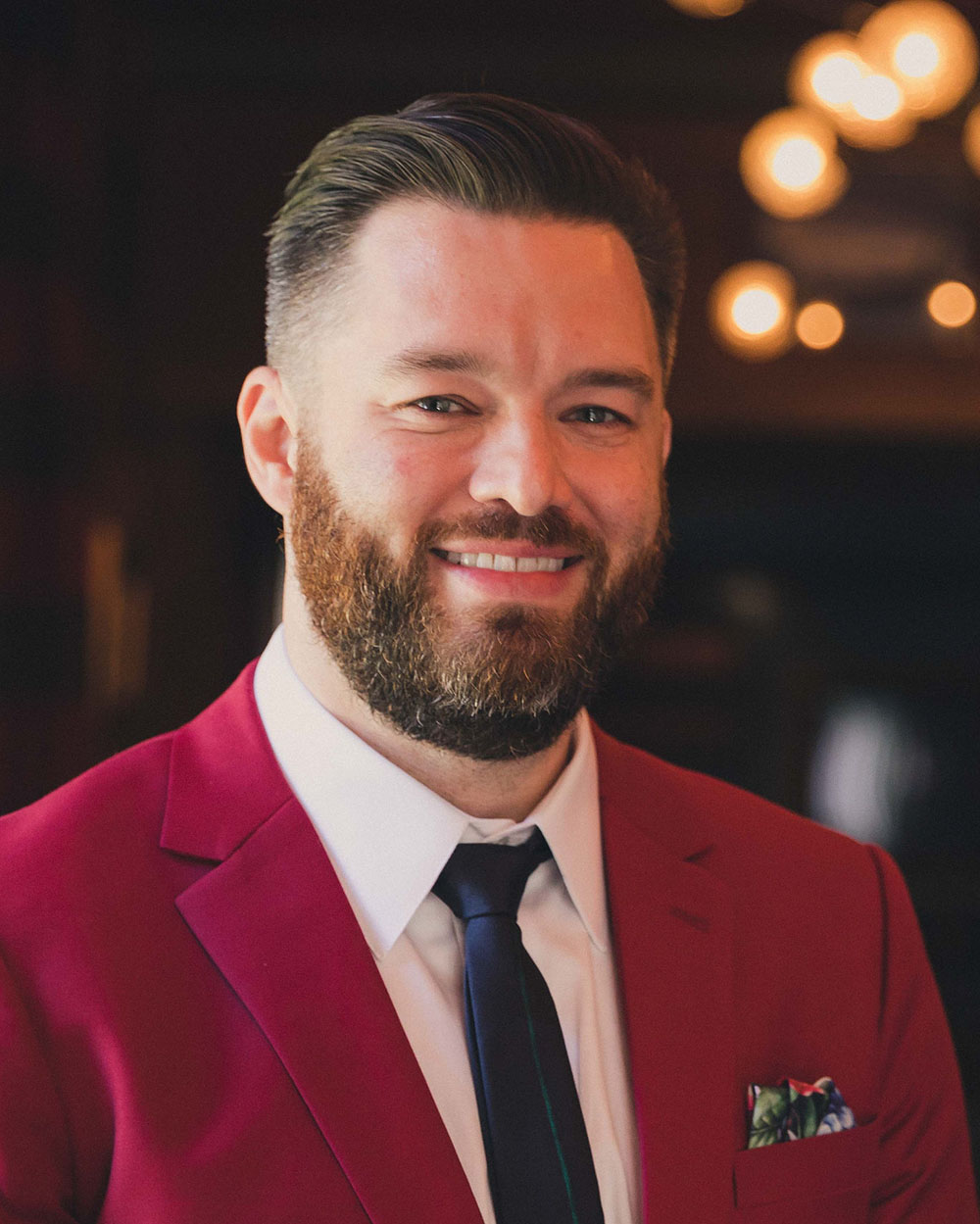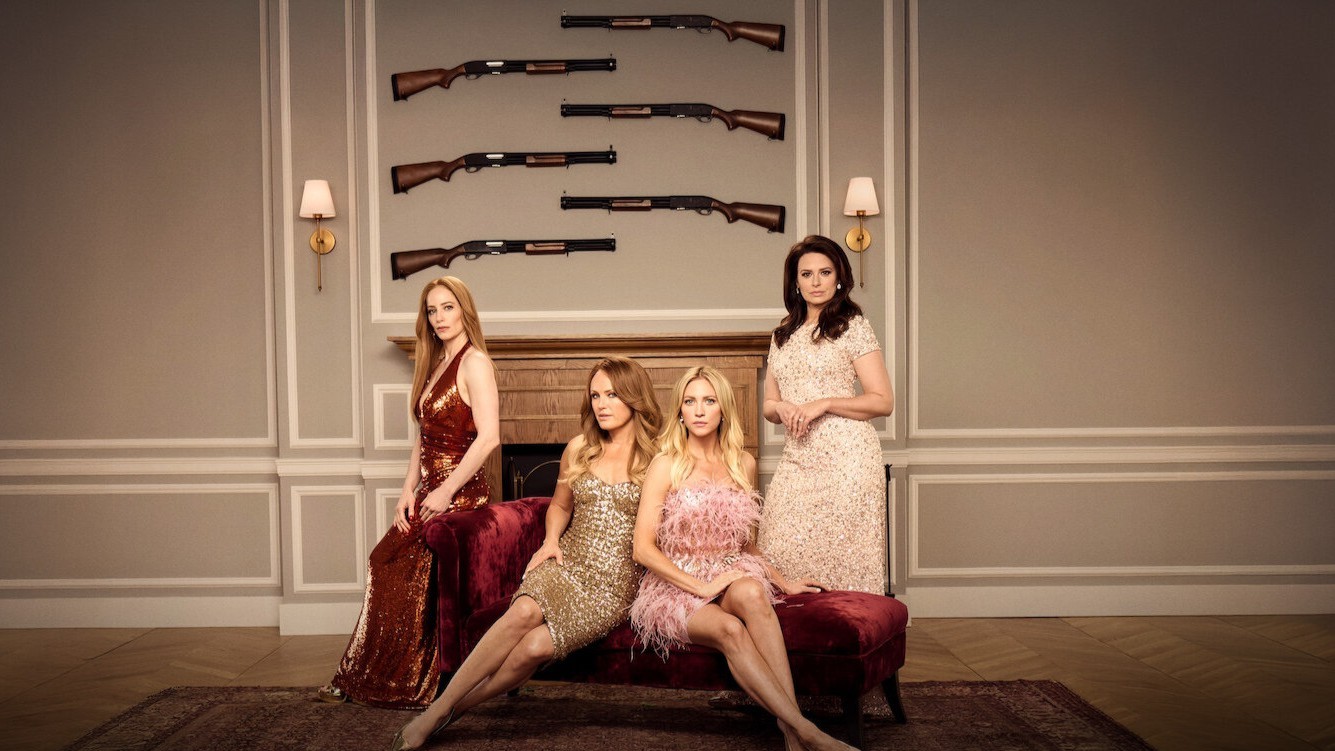How Goldeneye brought James Bond into a new era but didn't clean up his act
For Goldeneye, the Bond producers opted for blockbuster action instead of international intrigue.

Goldeneye is the seventeenth film in the James Bond series and the first Bond for actor Pierce Brosnan. But by the time it arrived in 1995 — some six years after the previous installment, Licence to Kill — many things had changed that made the slam-dunk success of a new Bond a much shakier proposition than it might have been a few years earlier. The film maintains all of the hallmarks of the franchise but is an imprint of the era in which it was made. It highlights a pivotal moment when the franchise was in flux and when society was re-evaluating whether James Bond had what it takes to stay culturally relevant.
The 1990s hardly marked the first time that Bond and the series’ priorities were examined or called into question. Even before Sean Connery left the role — handing over the baton to George Lazenby’s brief but exceptional tenure — media experts wrote criticized the character and franchise as sexist, violent and materialistic. Those reactions only accelerated after Roger Moore took over and gave the character a winking jocularity. Because Pierce Brosnan was, at the time, locked into playing the title role on Remington Steele, he couldn’t accept the role in time for The Living Daylights — leading to Timothy Dalton’s decidedly more sober interpretation of the superspy in that film and the underrated Licence to Kill.
But before Brosnan could take on the role, much changed for the franchise. In August 1990, a year after the release of Licence to Kill, longtime Bond producer Albert R. Broccoli split with writer Richard Maibaum — who worked on all but three of the previous films — leading to a revolving door of writers and prospective directors before Michael France (Cliffhanger) delivered a draft in 1993 that they could move forward with. For better or worse Maibaum's experience with the character and conventions of the series was peerless. At the same time, longtime distributor MGM had a legal scuffle with Broccoli’s company Danjaq, which owned the Bond film rights. After a four-year hiatus from the screen, producers refused to let Dalton play the character one last time, as he intended — leading to Brosnan heading to the part that he lost some seven years prior.
Meanwhile, as a result of changing times changing perceptions of the character, James Bond could not be the same guy in 1995 that he was in 1989 — much less the Bond of 1962. Dalton’s seriousness as Bond felt slightly like an overcorrection after Moore’s final appearance in A View to a Kill. A new Bond would have to wrestle at least a little bit (and it turns out, literally) with his lothario’s lifestyle if he were to adjust to the times and a new tone would need to be struck to balance the cheekier elements of his heroism. If Connery’s performance became a platonic ideal of bone-dry humor leavened with an edge of calculating indifference, now Bond would have to be charming enough for his latest conquest to, at least, consider bringing him home to meet the parents.
The other, perhaps more important shift, was in the movie competition that Bond now faced. During Connery’s heyday, Bond was an outlier, quietly chugging along against dramas, war films and, eventually, stories of international intrigue that were inspired either creatively (or commercially) by the franchise. But in the 1980s, action movies had borrowed many elements of the Bond template, forcing Bond into the more competitive action movie space.
So now the Bond franchise was competing with blockbusters with massive set pieces (in 1995 it had to battle with Die Hard with a Vengeance, Apollo 13, Batman Forever and Waterworld). The action had to be bigger, and the character had to be rougher, tougher, sexier and yet more emotionally sensitive. Luckily, the filmmakers had Brosnan, who cut his teeth as a spy on TV in a series that firmly balanced that divide between cloak and dagger and tongue in cheek. They also had a new toolkit of CGI to create exciting sequences that put Bond in more danger than ever.
Did the update work? At the time, yes. Goldeneye grossed more than $350 million worldwide, setting Brosnan up for three more installments. The character development also paved the way for Daniel Craig’s series of films that looked more intensely at Bond's interior life and carved out a more complex and nuanced role appropriate for the new international landscape he was operating in. Casting Judi Dench as M instantly alleviated some of the claims of sexism lobbied against the franchise (for decades) which were alluded to in how M puts Bond firmly in his place: “You’re a sexist misogynist dinosaur,” she says. “A relic of the Cold War. Your boyish charms are wasted on me.”
But if the franchise grew up, it was only in half measures. Bond's jokes with Samantha Bond’s Moneypenny about sexual harassment are limp efforts at acknowledging the changing power dynamics between men and women. And of course, there’s Famke Janssen’s homicidal villain Xenia Onatopp — the puerile joke in the character's name showing a throwback to the Roger Moore Bond days.
The latest updates, reviews and unmissable series to watch and more!
One of the things the film does, that audiences hadn’t seen before, is to explore the MI-6 hierarchy. It introduces Bond’s colleague 006 (Sean Bean, initiating a trend of dying on screen that he couldn’t possibly have known). But even with several really terrific action scenes (the tank chase is absolutely first class) and a few too preposterous to take seriously (the physics of the pre-credit plane escape are idiotic), the movie builds essentially to the same climax as one of its predecessors, You Only Live Twice, which also features a massive apparatus hiding beneath a man-made lake. Goldeneye is a film that wants to have its cake and eat it too — demonstrate it’s smarter than the clichés it’s recycling, but also get the laugh lines from using them.
And so, 25 years later, Goldeneye arguably ranks as the best James Bond movie of the Pierce Brosnan era, but it’s also emblematic of the piecemeal nature of those films’ individual and collective success, each nailing certain aspects (casting, choreography, stunts) without consistently tying them together into a cohesive whole. In a moment when the franchise needed to be updated and refreshed, the Bond producers and storytellers chose to compete against the specter of commercial foes rather reckoning with the character’s own inconsistencies and demons. While it obviously worked — only one installment since its release made less money — there’s something disappointing about a franchise so tied to and synonymous with masculine signposts that it chooses ‘stirred’ rather than ‘shaken’ (up) as the path for its hero to take.
Todd Gilchrist is a Los Angeles-based film critic and entertainment journalist with more than 20 years’ experience for dozens of print and online outlets, including Variety, The Hollywood Reporter, Entertainment Weekly and Fangoria. An obsessive soundtrack collector, sneaker aficionado and member of the Los Angeles Film Critics Association, Todd currently lives in Silverlake, California with his amazing wife Julie, two cats Beatrix and Biscuit, and several thousand books, vinyl records and Blu-rays.


